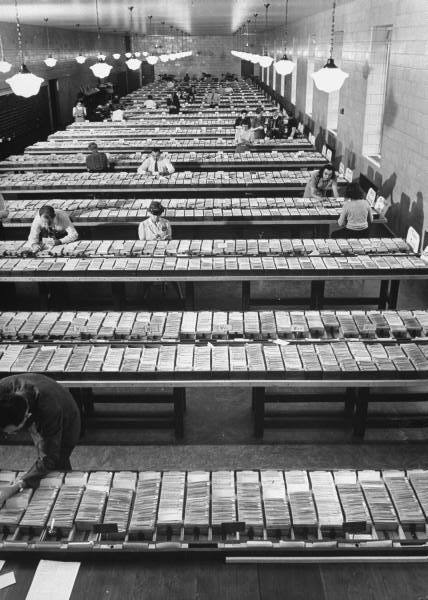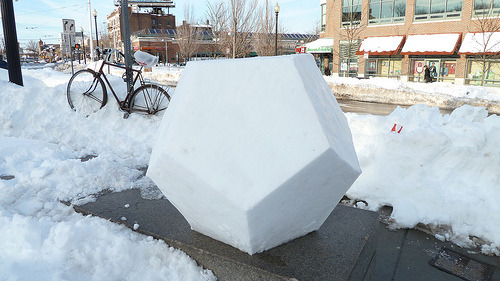SAINT NICHOLAS WAS BLACK.
SAINT NICHOLAS WAS BLACK.




Various Artists
Saint Nicholas (Nikolaus, Bishop of Myra)
Nicholas, was probably born during the third century in the village of Patara, in what is now the southern coast of Turkey. He was born of very wealthy ethnic black Anatolians of the ancient Roman Empire.
Nicholas’ wealthy parents died in an epidemic while Nicholas was still young. Being a devout Christian, he followed the words of Jesus to “sell what you own and give the money to the poor.”

Nicholas used his whole inheritance to assist the needy, the sick, and the suffering. He was made the Bishop of Myra while still a young man. The high office of Nicholas at such a young age speaks to dominant role played by black Anatolians and Africans in creating the church as we know it today. Bishop Nicholas was known throughout the land for his generosity to the those in need, his love for children, and his concern for sailors and ships.
Under the Roman Emperor Diocletian, Bishop Nicholas suffered for his faith, was exiled and imprisoned.
After his release, Nicholas attended the Council of Nicaea in AD 325, where he worked with other early fathers of the church to establish the standardized christian doctrine of today. He died December 6, AD 343 in Myra and was buried in his cathedral church, where a unique relic, called manna, formed in his grave.

The remains of Saint Nicholas are interred in the crypt of the Basilica di San Nicola in Bari, Italy. These bones were temporarily removed when the crypt was repaired during the 1950s. At the Vatican’s request, anatomy professor Luigi Martino from the University of Bari, took thousands of minutely-detailed measurements and x-ray photographs (roentgenography) of the skull and other bones.
The current professor of forensic pathology at the University of Bari, Francesco Introna, knew advancements in diagnostic technique could yield much more from the data gathered in the 1950s. So he engaged an expert facial anthropologist, Caroline Wilkinson, at the University of Manchester in England, to construct a model of the saint’s head from the earlier measurements.


Using this data, the medical artist used state-of-the-art computer software to develop this model of St. Nicholas.
1. Saint Nicholas, c. 1760. Egg tempera on wood with metal riza (possibly silver), 10½” x 12½”. Museum of Russian Icons, Clinton, MA. [x]
2. Sassetta, The Virgin with Four Saints (Saint Nicholas detail). c. 1435, Tempera on wood. Museo Diocesano, Cortona. [x]
3. Velikiy Novgorod, The Funeral of Saint Nicholas. c. 1200s. School of Novgorod. [x] [x]
4. Niklaus of Myra, Unknown Russian Icon painter, pre-1000s.
Reconstruction of Saint Nicholas [x]
[x] [x]
More Posts from Bookherd and Others
Why did I not know this existed until now... and how can I get on board?
::waves!::
Just October. I think you should go hear UKL!
Bookherd is staying with us for the month (wave hello to bookherd!),
...a Christmas story by the author of Pippi Longstocking.

The Tomten and the Fox
Free "Fast Runner"! Thanks, Internets!





Atanarjuat; the Fast Runner - the first feature film ever to be written, directed and acted entirely in Inuktitut.
Available streaming or download here (along with the other two of the Fast Runner trilogy).

Men and women looking through the card catalogues at the Library of Congress, 1941.
roll d12 to determine snowfall severity

Well, I know what I'm listening to today.

"The Best Indigenous Music of 2013" | Revolutions Per Minute
#DecolonizeYourPlaylist

It wasn’t until reading the second issue of The Search that I remembered that the 2x3-foot map of the Avatar: The Last Airbender universe that I drew last year is still available here as a 300 dpi, unflattened, print-quality Photoshop file.

They were all covered with fireflies. Beautiful Joe’s Paradise; or, The island of brotherly love. A sequel to ‘Beautiful Joe’. Illustrated by Charles Livingston Bull (1902).
-
 butterflyyoucomefromme liked this · 2 years ago
butterflyyoucomefromme liked this · 2 years ago -
 caracalia reblogged this · 2 years ago
caracalia reblogged this · 2 years ago -
 caracalia liked this · 2 years ago
caracalia liked this · 2 years ago -
 nucklecrunch liked this · 3 years ago
nucklecrunch liked this · 3 years ago -
 elvendairymaid liked this · 3 years ago
elvendairymaid liked this · 3 years ago -
 gaybookworm8 liked this · 4 years ago
gaybookworm8 liked this · 4 years ago -
 thegirlwiththetatooonhershoulder liked this · 4 years ago
thegirlwiththetatooonhershoulder liked this · 4 years ago -
 mzkora reblogged this · 4 years ago
mzkora reblogged this · 4 years ago -
 heavenisclosed---tobothofus liked this · 4 years ago
heavenisclosed---tobothofus liked this · 4 years ago -
 wateverdude001 reblogged this · 4 years ago
wateverdude001 reblogged this · 4 years ago -
 mr-brightside-is-a-chick liked this · 4 years ago
mr-brightside-is-a-chick liked this · 4 years ago -
 ruinati0n liked this · 4 years ago
ruinati0n liked this · 4 years ago -
 enlightened-moron reblogged this · 4 years ago
enlightened-moron reblogged this · 4 years ago -
 enlightened-moron liked this · 4 years ago
enlightened-moron liked this · 4 years ago -
 mightymegatron liked this · 4 years ago
mightymegatron liked this · 4 years ago -
 swearbunny liked this · 4 years ago
swearbunny liked this · 4 years ago -
 that1badassbitch liked this · 4 years ago
that1badassbitch liked this · 4 years ago -
 eowyntheavenger liked this · 4 years ago
eowyntheavenger liked this · 4 years ago -
 jedi-valjean liked this · 4 years ago
jedi-valjean liked this · 4 years ago -
 onecricket reblogged this · 4 years ago
onecricket reblogged this · 4 years ago -
 greencheekconure27primary liked this · 4 years ago
greencheekconure27primary liked this · 4 years ago -
 tuulikki reblogged this · 4 years ago
tuulikki reblogged this · 4 years ago -
 yanagi-uxinta reblogged this · 4 years ago
yanagi-uxinta reblogged this · 4 years ago -
 yanagi-uxinta liked this · 4 years ago
yanagi-uxinta liked this · 4 years ago -
 verminviscount liked this · 4 years ago
verminviscount liked this · 4 years ago -
 nonameshere liked this · 5 years ago
nonameshere liked this · 5 years ago -
 carrotsandnuts liked this · 5 years ago
carrotsandnuts liked this · 5 years ago -
 fangshinobi reblogged this · 5 years ago
fangshinobi reblogged this · 5 years ago -
 taintedlav liked this · 5 years ago
taintedlav liked this · 5 years ago -
 mystical-beginnings reblogged this · 5 years ago
mystical-beginnings reblogged this · 5 years ago -
 dodgingthedailygrind reblogged this · 5 years ago
dodgingthedailygrind reblogged this · 5 years ago -
 dodgingthedailygrind liked this · 5 years ago
dodgingthedailygrind liked this · 5 years ago -
 deeppersonahumanoidcreator liked this · 5 years ago
deeppersonahumanoidcreator liked this · 5 years ago -
 1000moonlight liked this · 5 years ago
1000moonlight liked this · 5 years ago -
 days54g reblogged this · 5 years ago
days54g reblogged this · 5 years ago -
 days54g liked this · 5 years ago
days54g liked this · 5 years ago -
 changelingart liked this · 5 years ago
changelingart liked this · 5 years ago -
 solaceinscifi liked this · 5 years ago
solaceinscifi liked this · 5 years ago -
 nearlyaphantom liked this · 5 years ago
nearlyaphantom liked this · 5 years ago
65 posts
